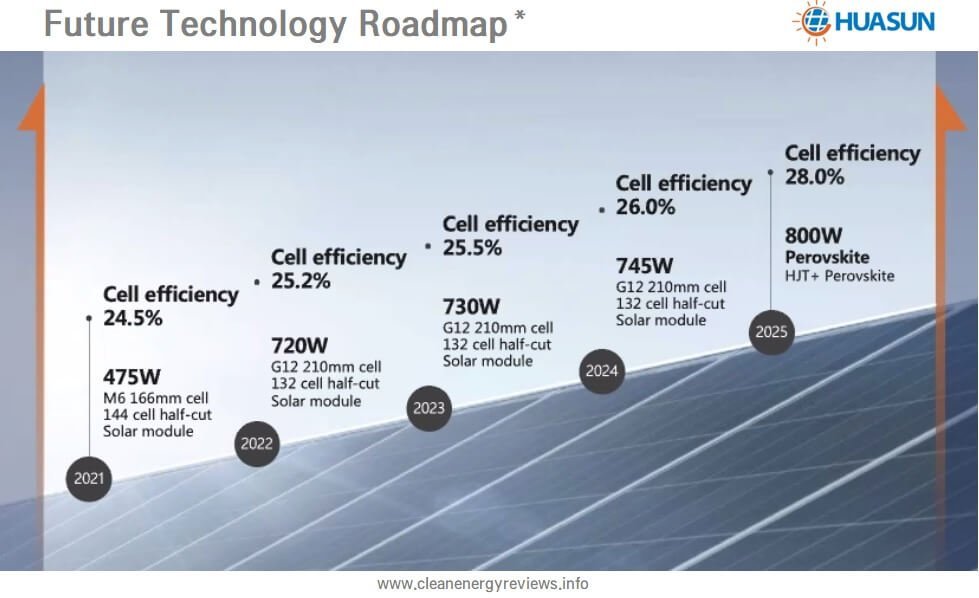
We know what is the energy transformation in a solar panel, but do we know the maximum efficiency of a solar cell? That’s a fascinating and essential question. The efficiency limit of crystalline silicon solar cells is a complex issue involving the material’s physical properties, the design of the cell structure, and the potential for technological advancements. Scientists are constantly exploring how to approach this limit, and the limit itself is being refreshed with technological progress.
Here are some views and predictions regarding the efficiency limit of crystalline silicon solar cells:
1. Theoretical Limits:
- Shockley-Queisser Limit: This is the theoretical efficiency limit for an ideal single-junction solar cell (e.g., a pure silicon cell), approximately 33.7%. The photon absorption limitations of single-bandgap materials and the effects of thermal relaxation and recombination losses mainly constrain this limit.
- Considering More Detailed Loss Mechanisms: When considering more detailed loss mechanisms, such as Auger recombination, photogenerated carrier collection efficiency, surface recombination, etc., the theoretical limit may decrease to around 29%.
2. Current Practical Efficiencies:
- Commercial Silicon Solar Cells: Currently, the efficiency of mainstream commercial crystalline silicon solar cells is between 18% and 22%.
- High-Efficiency Laboratory Silicon Solar Cells: In laboratories, some unique silicon cell structures (e.g., IBC, TOPCon, HJT) have achieved efficiencies exceeding 26% or 27%.
3. Potential for Improving Efficiency:
- Multi-Junction Solar Cells: By stacking materials with different band gaps together, a broader spectrum of sunlight can be absorbed, thus breaking the Shockley-Queisser limit. For example, perovskite-silicon tandem solar cells have achieved efficiencies exceeding 29% in the laboratory and can potentially exceed 35% or even higher.
- Intermediate Band Solar Cells: Some research explores introducing an intermediate energy band to allow photons to excite electrons to the intermediate band and then excite them to the conduction band, theoretically enabling higher efficiency.
- Quantum Dot Solar Cells: Quantum dot materials can tune the band gap and have multiple exciton effects, which may lead to higher efficiencies in the future.
- Further Optimization of Existing Technologies: By further optimizing passivation, contact, light absorption, and carrier collection technologies, there is still room for improvement in the efficiency of silicon cells.
- All Back Contact and Thin Film Technology: All back contact structures reduce shading and simplify encapsulation, while thin films can reduce material usage.
4. Potential Future Efficiencies:
- Single-Junction Silicon Cells: Relying on current technologies, the efficiency of single-junction silicon cells may reach close to 29% or 30%.
- Multi-Junction Tandem Cells: Multi-junction tandem cells have the potential to reach efficiencies of 35% or higher and may eventually approach 40% or more.
- New Materials and New Concepts: The emergence of new materials and concepts (such as quantum dots, intermediate bands, etc.) may further improve the efficiency of solar cells, but these technologies are still in the early stages of research and development and face many challenges.
Conclusion:
- Single-Junction Crystalline Silicon Solar Cells: Their theoretical efficiency limit is relatively low, and current practical efficiency is already close to the limit. Further progress to around 30% is possible, but the potential is limited.
- Multi-Junction Tandem Cells: This is the main direction for improving efficiency, potentially reaching efficiencies above 35%. Perovskite-silicon tandem cells are currently the most promising option.
- New Materials and New Concepts: New materials and new concepts have the potential to break through existing technology limitations but require longer-term research and development investment.
In summary, we are approaching the efficiency limit of single-junction silicon solar cells. In contrast, multi-junction tandem cells and the exploration of new materials and technologies will be key to improving efficiency in the future. The ultimate efficiency that can be achieved depends on our ability to overcome current technological challenges and discover new materials and principles. With continuous advancements in technology, the future of solar energy is promising.
